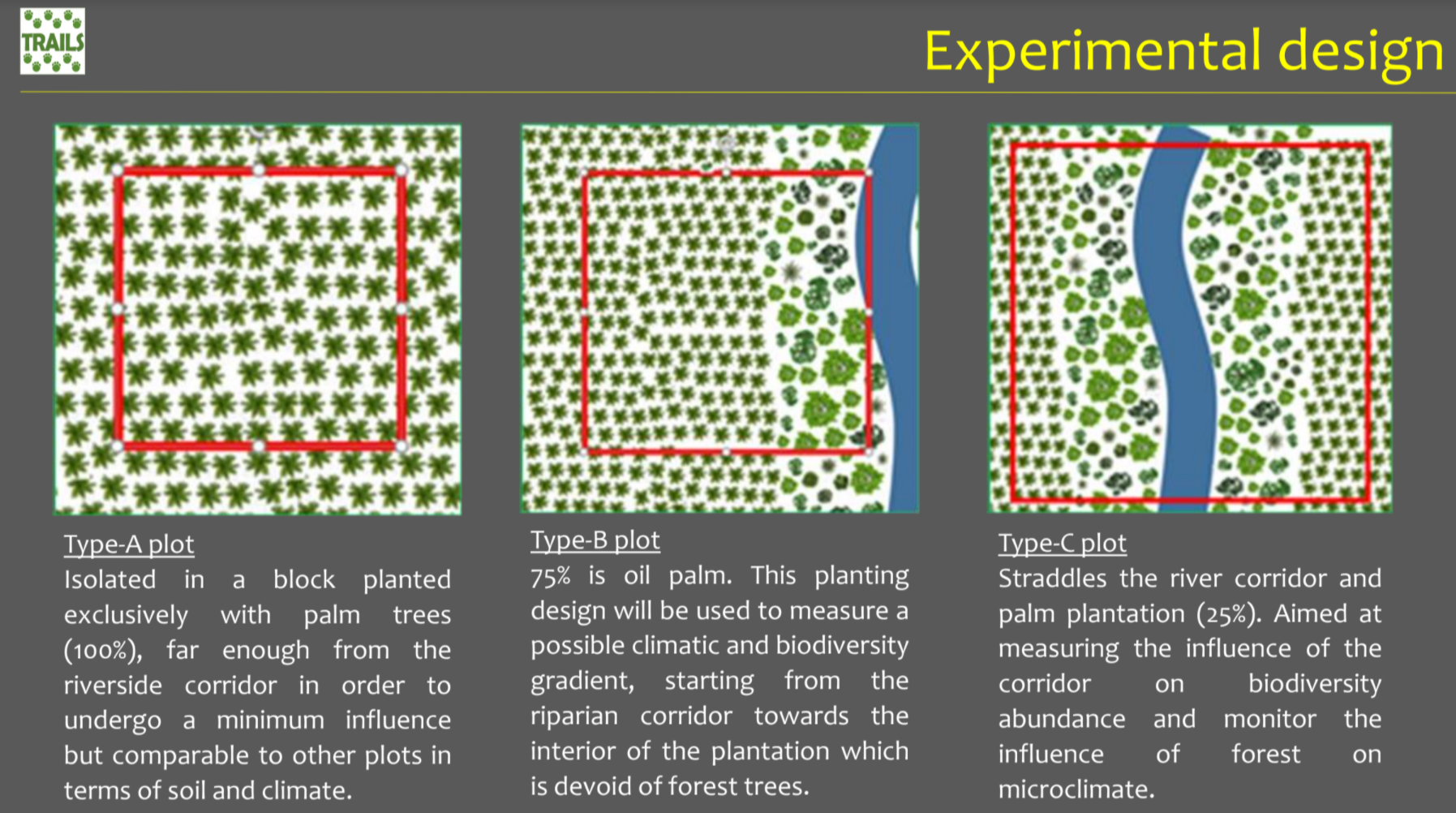As the country continues its movement order control—this time with seemingly no end in sight—Malaysians have again banded together to help each other without waiting for official aid, this time in the form of the #BenderaPutih (white flag) movement. A “sister” hashtag to last year’s #KitaJagaKita, the movement encourages those facing financial difficulties to reach out for assistance by flying a white flag at their homes without fear of humiliation (embarrassingly, like its “sister” hashtag, several politicians attempted to piggyback on #BenderaPutih movement, only to receive the outrage of netizens).
The online campaign has trended significantly on social media—data shows a relatively high usage of the hashtag in many major areas outside of Kuala Lumpur/Selangor, including Kota Bharu, Kuala Terengganu (east coast, Peninsula), Alor Setar, Johor Bahru (west coast, Peninsula), Kuching, and Kota Kinabalu (East Malaysia).
Heatmap showing concentration of #BenderaPutih usage across Malaysia. Note: map is indicative and not to, i.e. bigger than, scale
In comparison, social media attention on #BenderaPutih is significantly higher than some other related hashtags, such as #ProtesDarurat and #BantahDarurat, which cumulatively only received around 16,000 mentions since they were first used in October last year compared to #BenderaPutih’s 73,000 mentions (and counting) this week.
Sources for aid/if you’d like to help (please note that this list is not exhaustive):
#BenderaPutih: Where to get help: MalaysiaKini has compiled a list of programmes that can provide help, which include locations of Shell petrol station food banks and 99 Speedmart’s grocery package programme.
Facing #BenderaPutih, Malaysians help each other with free meals, food baskets, free tuition, listening ear: The MalayMail has prepared a list of programmes which include free online tuition by Projek Didik.
#KitaJagaKita: #KitaJagaKita maintains a “one-stop shop” website of initiatives where people can either ask for or volunteer help.












